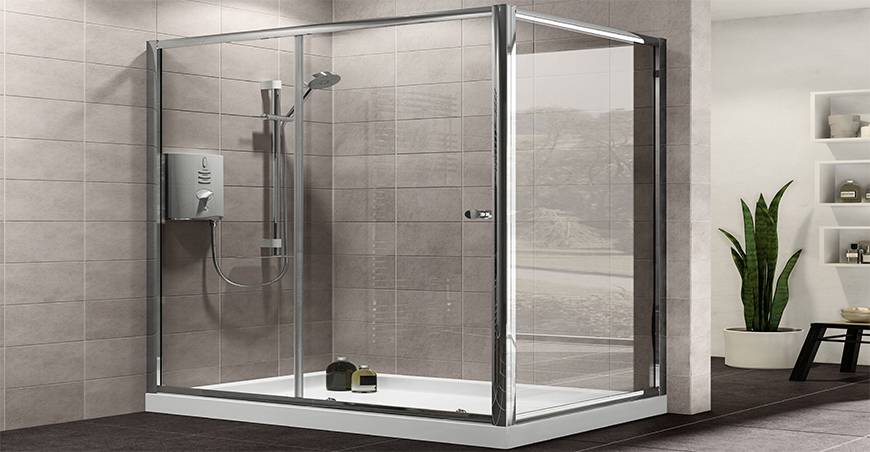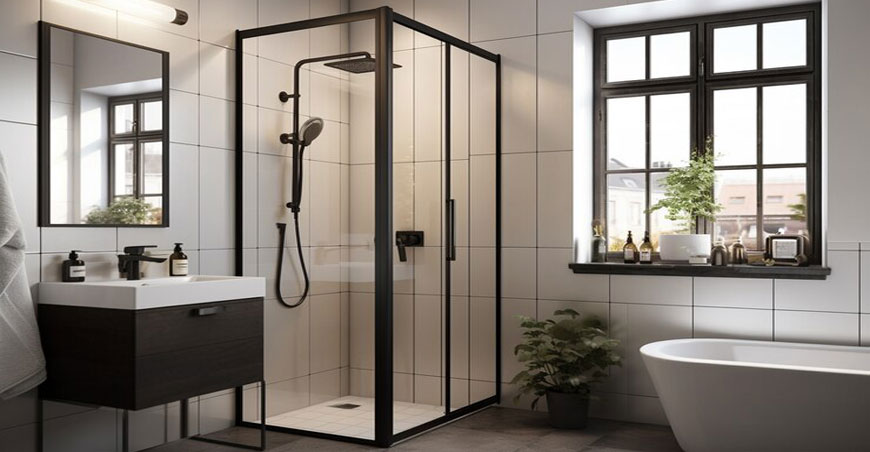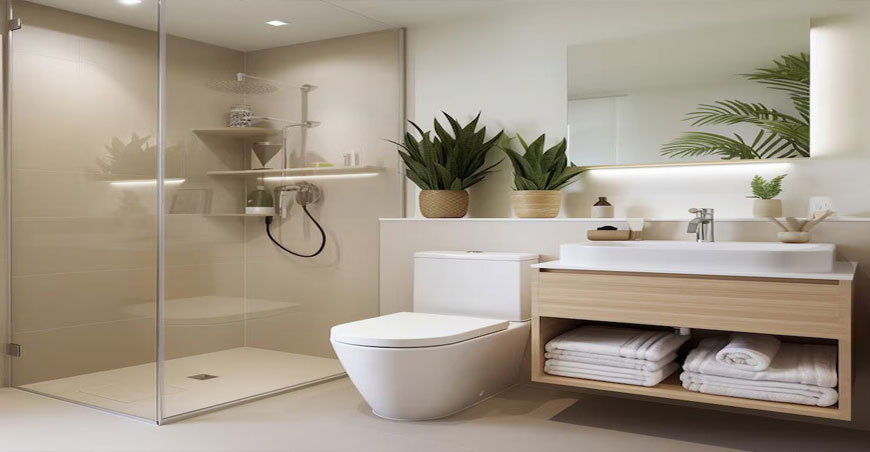Shower cubicles have become a staple in modern bathroom design, offering a perfect balance of functionality, aesthetics, and convenience. These enclosed spaces, designed specifically for showering, provide a range of benefits that cater to the needs of contemporary living. From maximizing space utilization to enhancing the overall bathroom experience, shower cubicles have transformed the way we think about and design bathrooms. This essay delves into the various aspects of shower cubicles, including their design benefits, types, materials, installation considerations, and their impact on modern bathroom design.
One of the primary advantages of shower cubicles is their ability to maximize space within a bathroom. Unlike traditional shower setups that may require a large area and potentially disrupt the flow of the bathroom design, shower cubicles are designed to fit into compact spaces without compromising on comfort or functionality. This makes them particularly valuable in smaller bathrooms or in homes where space optimization is a priority.
Shower cubicles are available in various shapes and sizes, including square, rectangular, and quadrant designs, allowing them to fit seamlessly into different bathroom layouts. For instance, a quadrant shower cubicle can be installed in a corner, effectively utilizing otherwise unused space and freeing up the rest of the bathroom for other fixtures and fittings. This efficient use of space not only enhances the functionality of the bathroom but also contributes to a cleaner, more organized look.
Shower cubicles offer a sleek and modern aesthetic that can elevate the overall design of a bathroom. With clean lines, transparent or semi-transparent glass panels, and minimalistic frames, these cubicles add a touch of elegance and sophistication to any bathroom setting. The use of glass in shower cubicles not only enhances their visual appeal but also helps to create a sense of openness and light, making the bathroom feel more spacious and inviting.
Customization is another key feature of shower cubicles, allowing homeowners and designers to tailor the design to suit specific preferences and bathroom styles. From the choice of glass type—such as clear, frosted, tinted, or patterned—to the selection of frames and hardware finishes, shower cubicles can be personalized to complement the overall theme of the bathroom. For example, a frameless glass shower cubicle can create a seamless, almost invisible look, perfect for a minimalist or contemporary bathroom design, while a framed cubicle with matte black hardware can add a bold, industrial touch.
The flexibility in design extends to the doors of the shower cubicle as well. Homeowners can choose between sliding doors, which save space and are ideal for smaller bathrooms, or hinged doors, which offer a more traditional look and easy access. Some designs even feature bi-fold or pivot doors, providing additional options for different bathroom layouts and user preferences.
The materials used in shower cubicles play a crucial role in their durability and long-term performance. Glass is the most common material for the walls and doors of shower cubicles, and it is typically tempered for safety and strength. Tempered glass is resistant to impacts and, in the unlikely event that it breaks, it shatters into small, blunt pieces that are less likely to cause injury. This makes tempered glass a safe and reliable choice for shower cubicles.
In addition to tempered glass, laminated glass is also used in some shower cubicle designs. Laminated glass consists of two or more layers of glass bonded together with a plastic interlayer, which holds the glass together even if it breaks. This added layer of safety makes laminated glass an excellent choice for families with young children or for high-traffic bathrooms.
The frames and hardware of shower cubicles are typically made from materials like stainless steel, aluminum, or brass, all of which are known for their resistance to corrosion and wear. Stainless steel is particularly popular due to its sleek appearance and long-lasting durability, while aluminum offers a lightweight yet strong option. Brass, often used for high-end or traditional designs, adds a luxurious touch and is highly resistant to tarnishing.
The choice of materials is not only important for durability but also for ease of maintenance. Shower cubicles with high-quality materials are easier to clean and maintain, ensuring that they remain in excellent condition for years to come. For instance, glass panels with water-repellent coatings can reduce water spots and soap scum buildup, making cleaning more manageable.
Installing a shower cubicle requires careful planning and consideration to ensure it meets the practical needs of the bathroom. One of the key factors to consider is the available space and the layout of the bathroom. The size and shape of the shower cubicle should complement the overall design of the bathroom, providing enough room for comfortable use without overwhelming the space.
Proper installation is also crucial for ensuring the water-tightness of the shower cubicle. Seals and gaskets must be correctly fitted to prevent water from leaking out of the cubicle and onto the bathroom floor. This not only helps to maintain a clean and dry bathroom but also protects the surrounding fixtures and flooring from water damage.
Another important consideration is the plumbing. The location of the shower cubicle should align with the existing plumbing to minimize the need for extensive modifications. This can help to reduce installation costs and ensure a smoother installation process.
For homeowners who prefer a more luxurious showering experience, shower cubicles can be equipped with additional features such as built-in seating, rain showerheads, body jets, and steam functions. These features can enhance the functionality and comfort of the shower cubicle, turning it into a spa-like retreat within the home.
Shower cubicles have a significant impact on modern bathroom design, contributing to the trend of creating spa-like, luxurious spaces within the home. The ability to customize the design and add features such as mood lighting, aromatherapy, and steam functions allows homeowners to transform their bathrooms into personal wellness retreats.
The aesthetic appeal of shower cubicles also plays a role in enhancing the overall ambiance of the bathroom. The use of glass, combined with elegant hardware and thoughtful design, creates a sophisticated and serene environment that promotes relaxation and well-being. This emphasis on creating a calming and rejuvenating space is a key aspect of contemporary bathroom design.
Furthermore, the functionality of shower cubicles aligns with the growing trend of efficient and sustainable living. Their compact design, water-saving features, and durable materials contribute to a more eco-friendly and cost-effective bathroom solution. This makes shower cubicles an attractive option for environmentally-conscious homeowners and designers.
Shower cubicles represent a perfect blend of functionality, style, and modern living. Their ability to maximize space, offer customization, and enhance the overall bathroom experience makes them a popular choice in contemporary design. Whether used in small urban apartments or luxurious master bathrooms, shower cubicles provide a practical and elegant solution that meets the demands of today's lifestyles. As trends in bathroom design continue to evolve, shower cubicles will undoubtedly remain a key element in creating beautiful, functional, and spa-like spaces.





